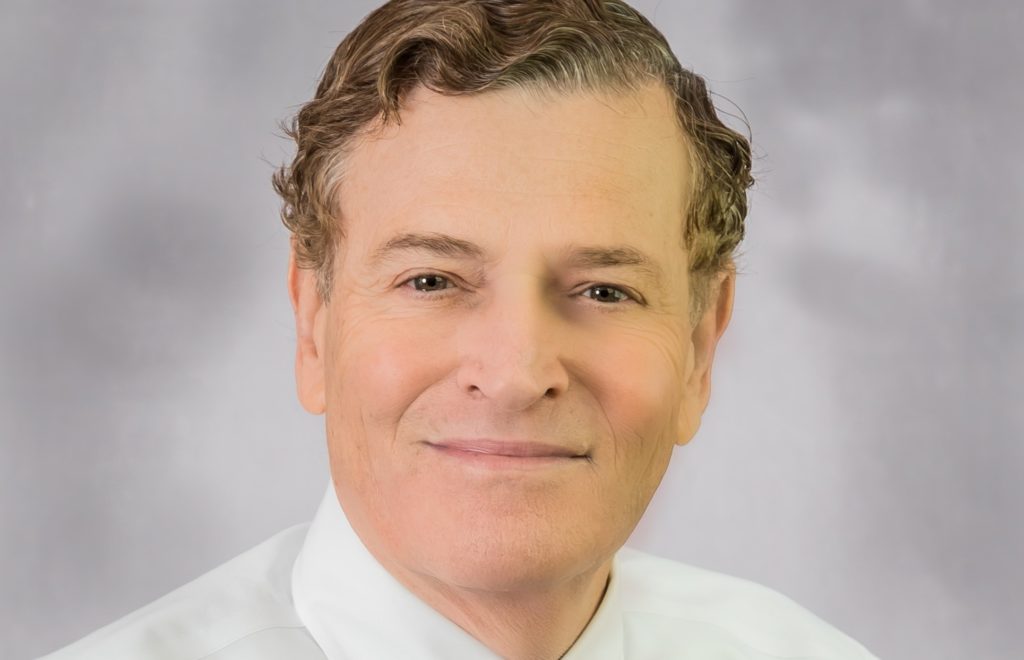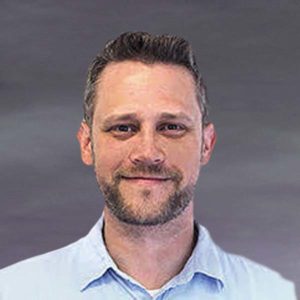
For Daniel J. Moos, president and chief executive officer of Transcontinental Realty Investors, Inc., the financial crisis a decade ago presented a big challenge—and it led to a complete transformation of the company.
“When the recession happened to us in 2008, we ended up shrinking our portfolio to get through the recession and we converted the company,” Moos says. “In 2007 prior to the recession we were more of a transaction-oriented company. It took us several years, but we converted our company from a transaction orientation to an operating company to where we have a reoccurring revenue model. We then use the cash flow and income from the reoccurring revenue model to go and invest in new opportunities.”
TCI now focuses on the professional management of apartments, office buildings, warehouses and retail centers that were undervalued or under-performing when they were acquired. Transcontinental invests in those properties and boosts their value through both physical improvements and improved management. The company also develops new properties like luxury apartment homes, principally on land that it owns or acquires.
Chief Executive spoke with Moos to learn about what characteristics he looks for in leaders, how his own leadership style has evolved and how he’s managed growth at his company. Below are excerpts from the conversation.
What he looks for when building his team
Predominantly, we like individuals that have spirit, and the way we define spirit is enthusiasm. Personally, I love getting up in the morning going to work. I’ve had lot of jobs in my life, starting out as a teenager delivering newspapers, worked in a butcher’s shop as a kid in high school. And I’ve always loved, whatever the job is, getting up and going to work. So, I look for people who have that spirit. Everybody’s working because there’s a financial need, I don’t know many people in my life who just work for the hell of working. There’s a financial component to it. But the spirit side of it is they enjoy getting up, they enjoy coming to work.
I love sports, so let’s take a baseball team—we love people who have the spirit to want to get out there and play the game, have the ability to play different positions, have the ability to bat left-handed sometimes, or bat right-handed sometimes. They might get on base, but we want to put somebody else on second base to be the base runner. So, they’re acceptable to flexibility, we’re maximizing the team, and when all is said and done we want to go win the World Series.
We’re only happy at the end of the day that we’ve done all these things—it’s about us winning and achieving, whether it’s a new project, multiple projects, multiple opportunities, and then see the rewards by the return to our stakeholders. And we’ve done a fabulous job in delivering good stock values to our shareholders, good returns for the bond holders who bought our bonds, and for the financial institutions who’ve lent money to us. We’ve never missed an interest payment, a principal payment. So, our employees share that enthusiasm, that spirit. It’s hard to find because in our organization we are millennials to senior baby boomers. And then being able to have the spirit to work together.
How his personal leadership style has evolved
I never actually had a single mentor because I went through three recessions in my early career. So, you’re in an organization and there was change. As a result of that, the good news was that was I ended up being influenced by men and women who I worked for with very, very diverse backgrounds. I was able to glean a little bit from a lot of different people.
The thing I realized early on is that I had probably very solid average intelligence. I was not a genius by any stretch of the imagination, but I had pretty solid, average intelligence. And I always look for people to work with me or for me who are smarter than I am, that had an expertise or an experience that I did not have. And as a result of that, I’ve been fortunate that the men and women who’ve worked for me over the years in any of the companies I’ve been with, they just don’t quit. They don’t leave. I treat people fairly with respect. You know, and that’s not always about compensation.
It’s also about being a good listener, and I was fortunate. I was brought up in a family where I was the middle child. I had older siblings who were directing me, and younger siblings who needed direction from me. So, I had the benefit of being in a family where I learned to take direction, but I also learned to give direction, and I was blessed by that.
On managing growth
Our principal focus today, 90% of our effort is spent in multifamily real estate. So, what we’ve done is we’ve strategically looked at markets in the United States. We call them tertiary markets, and we found a wonderful business opportunity where though we’re in Dallas, we’re not in the urban district in Dallas, though we may be in Colorado, we’re not in the urban area of Denver. And we build these Class A luxury apartments in suburban markets. We retain employees with the mindset that we build our own product and we manage our own product.
As a result of that we look at every piece of income, every expenditure far more seriously and we train our people to be focused on as if it’s their own dollars that we’re spending. At the same token, from a financing standpoint, we have targeted a lot of our growth on using HUD-insured type of loans. As a matter of fact, we’re the largest company in the United States and I say United States, it’d have to be in the world because HUD only does business in the United States as it relates to HUD-insured mortgages. There’s no one larger than us.
Unlike a lot of companies from my experience in our segment, in the real estate world, we are probably far more tuned in like a laser beam on what we do. And then we coast very quietly under the radar screen. We’re not flamboyant. We’re not out there building Taj Mahals, we’re not out there in front of umpteen investor groups pitching deals. We have a very, very narrow fit of types of people that will back us financially and the kind of product we’ll do in a very, very stable organization. We’re about 90 people direct and about another 600 people who we say, not direct. They work in our properties. They’re in different corporations, but there’s quasi captive in the sense that they work in one of our properties.
Related: Q&A: For Eyes CEO Jose Costa Talks Franchise Success, Leadership

Chief Executive Group exists to improve the performance of U.S. CEOs, senior executives and public-company directors, helping you grow your companies, build your communities and strengthen society. Learn more at chiefexecutivegroup.com.
0

1:00 - 5:00 pm
Over 70% of Executives Surveyed Agree: Many Strategic Planning Efforts Lack Systematic Approach Tips for Enhancing Your Strategic Planning Process
Executives expressed frustration with their current strategic planning process. Issues include:
Steve Rutan and Denise Harrison have put together an afternoon workshop that will provide the tools you need to address these concerns. They have worked with hundreds of executives to develop a systematic approach that will enable your team to make better decisions during strategic planning. Steve and Denise will walk you through exercises for prioritizing your lists and steps that will reset and reinvigorate your process. This will be a hands-on workshop that will enable you to think about your business as you use the tools that are being presented. If you are ready for a Strategic Planning tune-up, select this workshop in your registration form. The additional fee of $695 will be added to your total.

2:00 - 5:00 pm
Female leaders face the same issues all leaders do, but they often face additional challenges too. In this peer session, we will facilitate a discussion of best practices and how to overcome common barriers to help women leaders be more effective within and outside their organizations.
Limited space available.

10:30 - 5:00 pm
General’s Retreat at Hermitage Golf Course
Sponsored by UBS
General’s Retreat, built in 1986 with architect Gary Roger Baird, has been voted the “Best Golf Course in Nashville” and is a “must play” when visiting the Nashville, Tennessee area. With the beautiful setting along the Cumberland River, golfers of all capabilities will thoroughly enjoy the golf, scenery and hospitality.
The golf outing fee includes transportation to and from the hotel, greens/cart fees, use of practice facilities, and boxed lunch. The bus will leave the hotel at 10:30 am for a noon shotgun start and return to the hotel after the cocktail reception following the completion of the round.